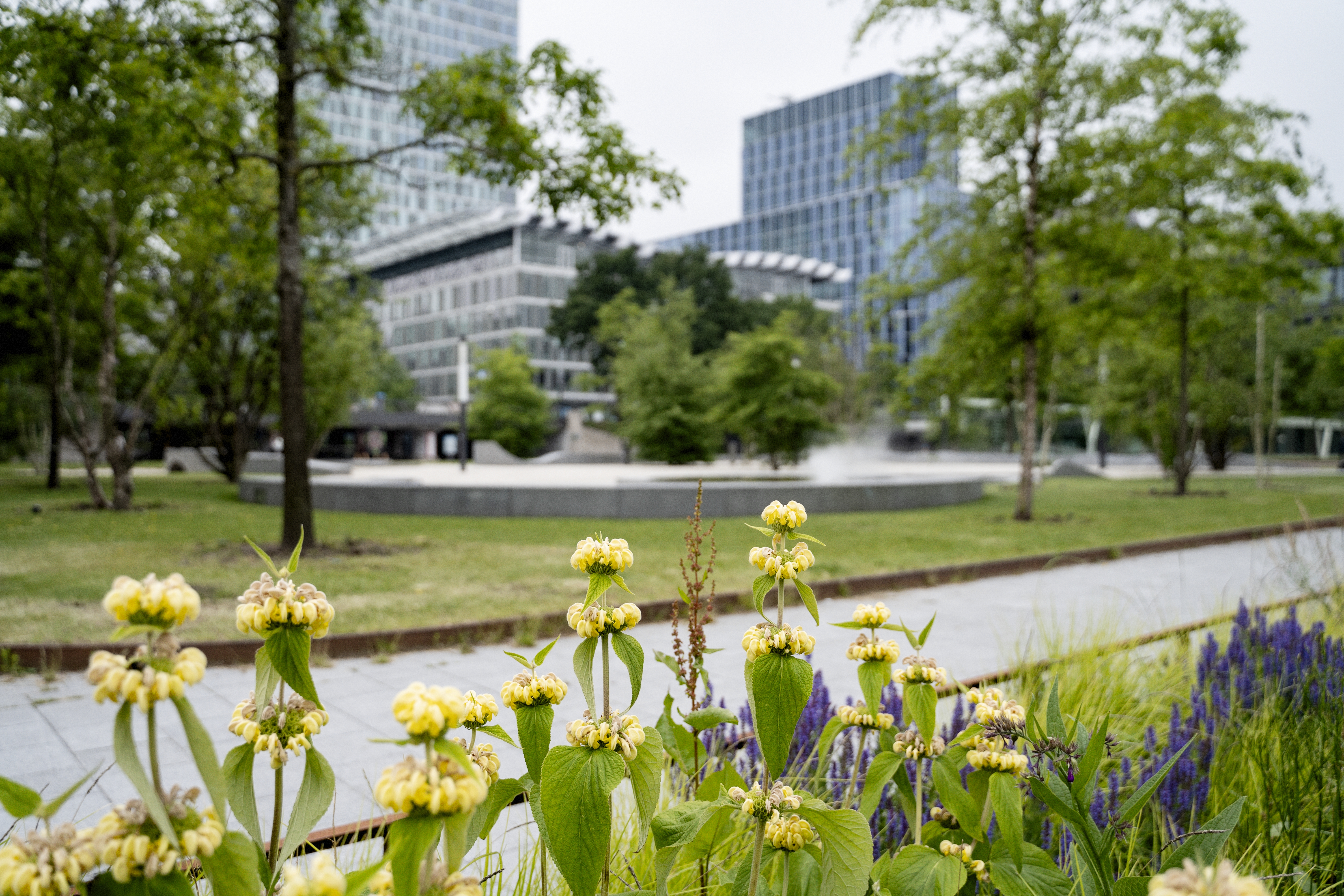Top strategies for increasing biodiversity in cities
Published on: June 4, 2025
Cities across Europe are embracing urban wilding as a powerful tool to meet and go beyond the targets of the EU Restoration Act, which mandates increased green space and urban canopy by 2030. By restoring natural ecosystems and integrating nature-based solutions, cities are enhancing biodiversity, climate resilience, and quality of life.
The EU Restoration Act is a key driver for urban greening, as it requires the maintenance of urban green space and urban tree canopy and aims to increase the amount of urban greening up until 2030. Green space and tree canopy are used as indicators of functioning ecosystems that can provide us with highly needed ecosystem services.
Bringing biodiversity into cities through wilding goes even beyond the aims of basic greening and requirements for cities as per the EU Restoration Act. Wilding cities aims to restore and enhance natural ecosystems within cities, as restoring natural processes allows ecosystems to function with less human control. A widespread example of this is turning mown grass areas into meadows.
Reducing urban fragmentation and creating ecological corridors are important for allowing the movement of species and improving genetic diversity. New ecological corridors can be developed e.g. restoring abandoned spaces and greening rooftops with native flora and fauna are ways to support, for example, pollinators, birds, and small mammals.
Making use of nature-based solutions such as wetlands and permeable landscapes are nature’s way of controlling flooding and improving water quality, these solutions are also of benefit to the citizens.
Nature-based solutions can also enhance climate resilience by cooling cities, reducing pollution, and absorbing carbon emissions.
Biodiversity in cities can take various forms. Naturally much of the guidance and support for the practical implementation of wilding lies within the cities and municipalities. For example, in Finland the capital city Helsinki has developed a guide on wilding the city, the guide is available for use in other cities as well44. Sweden has provided Guidance for Green Planning to support its municipalities in integrating ecosystem services and green infra into infrastructure planning etc. to foster long-term sustainable living environments for the benefit of both people and biodiversity.
Engaging citizens in the planning and wilding of urban areas is important for ensuring the success of the plans from an ecological perspective and for the inclusion of people. In Belgium, the Flemish Agency of Nature and Forestry is piloting a new policy framework on government’s facilitating role in promoting participatory and democratic values and thus create more local ownership for urban nature projects. In the Netherlands renewal of the building decree is underway and is about to stipulate nature-inclusive design in cities. Bats and certain birds are becoming increasingly rare in newly built environment, as there is less space suitable for nests and roosts, like cavities in walls and underneath roof tiles. Already now, it is mandatory to incorporate nest boxes and other structures for birds and bats in new buildings and large renovation projects in many municipalities.
River restoration turns Bergen site into blue-green hub
A former industrial site in Bergen, Norway, has been transformed into a blue-green neighbourhood, with the reopening of a river as a central element. Sweco has planned a two-layered water connection to allow fish migration and flood management. The project shows how reopening of a river can serve as a central element in wilding and provide a route for trout to migrate between salt and fresh water.
Antwerp’s circular water network boosts biodiversity and climate resilience
The city of Antwerp in Belgium is investing in a circular water network that harnesses valuable freshwater sources which would otherwise be lost to brackish waters. The city purifies and reallocates water from pump stations for urban use, replenishing groundwater and enhancing biodiversity. The purified water sustains ponds in green spaces, promoting diverse ecosystems and bolstering green infrastructure resilience.
Additionally, it helps counteract brackish Scheldt water intrusion, vital for preserving freshwater ecosystems. Sweco played an important role by providing expertise in hydraulic infrastructure and water management, managing the design, and implementation, and ensuring effective stakeholder engagement. Through this initiative, Antwerp supports urban biodiversity and strengthens climate resilience efforts.
